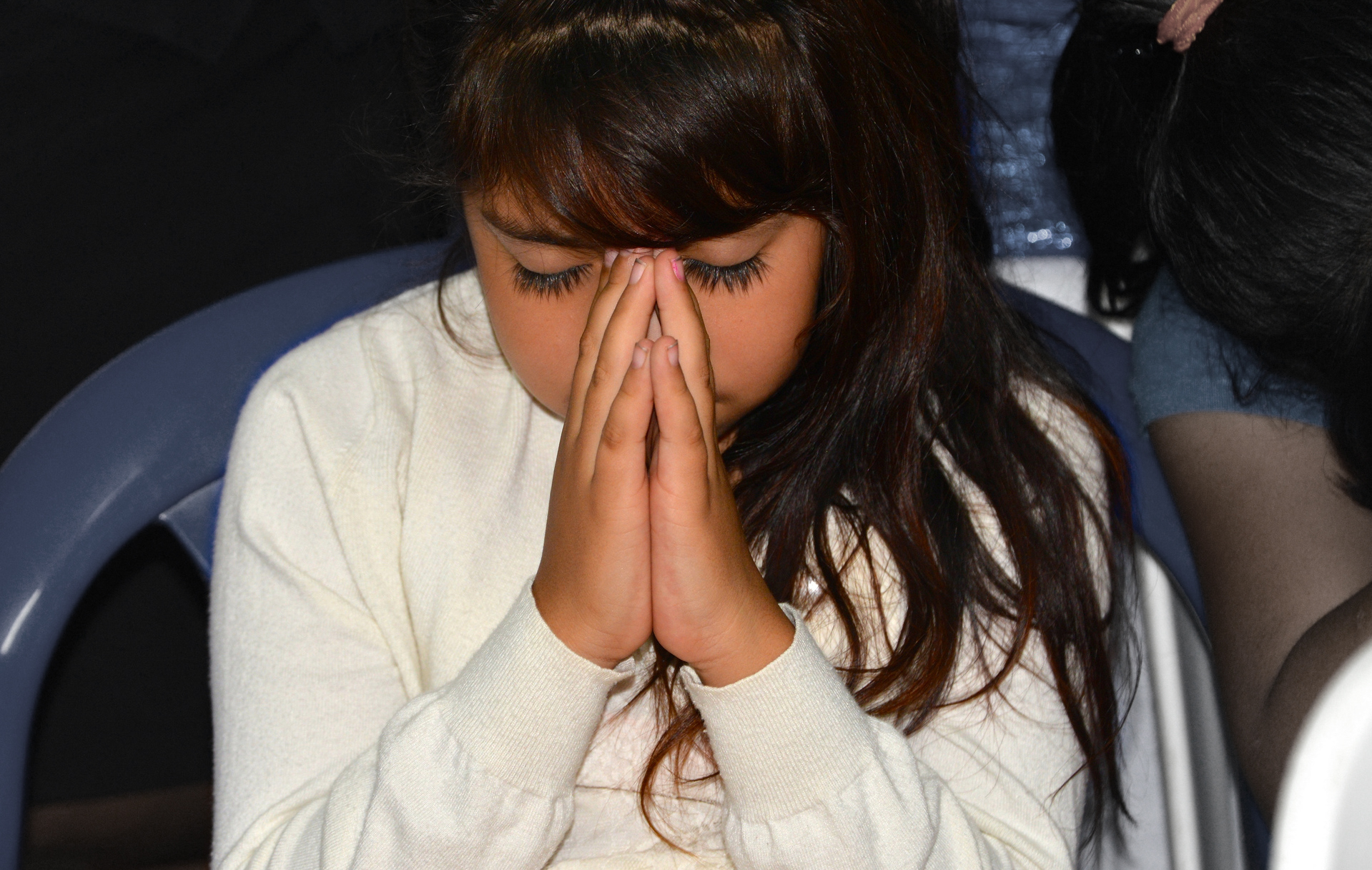Earlier this month, Customs and Border Protection released statistics showing an increase in the number of unaccompanied children arriving at the southwest border in October and November 2015. In those two months alone, over 10,000 unaccompanied children arrived, a 106 percent increase from the same time the prior year. Similarly, there was an increase in the number families arriving at the border. The vast majority of these new arrivals are refugees from Central America’s Northern Triangle—El Salvador, Guatemala, and Honduras—and are seeking protection in the United States.
As has been widely reported, the uptick in refugees is not surprising given the escalating violence in the Northern Triangle, which has the highest murder rates worldwide. The New York Times reports:
“The biggest increase recently is in young people from El Salvador, where violence by brutal international criminal gangs has proliferated. The country was on track this year to become the ’murder capital of the world,’ one official said, with more than 4,750 murders in the small country so far in 2015, giving it the highest homicide rate of any nation.”
In some places, the governments of these countries have effectively lost control of territory, which has come under control of armed gangs. The gangs kill, extort, and rape with impunity.
In October 2015, the United Nations High Commissioner for Refugees (UNHCR) issued a report detailing the particular impact of this violence on women,
“Women interviewed emphasized that increasing power of gangs and other criminal groups posed particular dangers for women. Nelly, a young Honduran woman, said: ‘The gangs treat women much worse than men. They want us to join as members, but then women are also threatened to be gang members’ ‘girlfriends,’ and it’s never just sex with the one; it’s forced sex with all of them. Women are raped by them, tortured by them, abused by them.’”
Children likewise have no place to turn for safety. This means parents sometimes make the incredibly difficult decision to send their children north, in hopes they will find protection in the United States or elsewhere, despite the dangers they will face on their journey. Those who assist immigrant children in the United States, such as Kids in Need of Defense (KIND), say their young clients’ accounts indicate that the violent conditions in Central America are worsening:
“This violence is exemplified in stark relief in the experiences of the children referred to KIND, which are more harrowing than ever before. KIND is regularly receiving referrals for children who have endured viscerally shocking incidents of cruelty, and have seen more young children, and more girls, who had been raped or sexually assaulted—often numerous times.”
Yet, last year, in the fall of 2014, the number of children seeking refuge in the United States actually went down from the peak earlier that year. That decrease likely was the result of a controversial Mexican initiative, supported by the United States, in which Mexico expanded its security measures along its southern border and began interdicting migrants. Mexican apprehensions and deportation of Central American children increased substantially. This meant that children were being stopped before they ever made it to the United States.
There is concern about whether refugee children are given a fair chance to seek protection in Mexico. According to a report by the Human Rights Institute at Georgetown Law School, although “Mexican officials are supposed to screen unaccompanied children for international protection needs, they often fail to meet this responsibility.” Now, reports indicate that the increased enforcement in Mexico has led to children and families seeking out alternative—sometimes more dangerous—routes into the United States, including travel by boat along the Pacific and Gulf coasts of Mexico.
In response to the increasing number of unaccompanied children, the U.S. government is opening two new temporary shelters in Texas, with 1,000 beds total, and may open a new facility in California. It is crucial that United States’ response to this growing humanitarian need be focused on the safety and care of the children who have managed to escape the horrors in their home countries. They need a fair opportunity to seek protection here—which must include legal assistance—and our compassion.
Photo David Amsler.
FILED UNDER: Children, featured, Kids In Need of Defense, new york times, unaccompanied children, United Nations High Commissioner for Refugees


